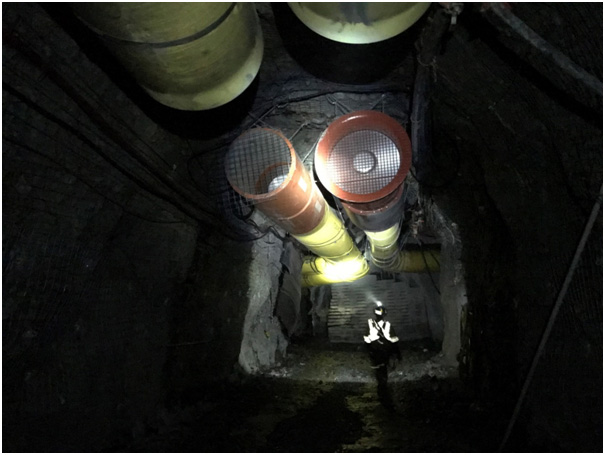Nevada Copper Corp. (TSX:NCU) on Friday said it remains on track to put its Pumpkin Hollow underground mine into production before the end of the year.
In a statement, the company said construction of the processing plant is “materially complete” and roughly 95,000 tonnes of ore has been mined and stockpiled to feed the processing plant.
Wholly-owned Pumpkin Hollow would be the first new copper mine in decades to be built in the US. Pre-production capex is pegged at $197 million and Nevada Copper says construction costs “continue to be within the range” the company announced earlier this year.
The company also announced it has entered into a binding term sheet for a $30 million credit facility arranged by major shareholder Pala Investments that provides “additional financial resources to navigate the current depressed copper price environment to address the impact of the delay in East-North Vent Shaft, and to address normal technical risks associated with ramp-up.” The facility replaces a prior equity backstop facility.
CEO Matt Gili, who joined Nevada Copper from Barrick Gold last year as part of a management overhaul and recapitalisation program, said, “We are now entering the final stages before the commencement of production at Pumpkin Hollow. Our team and contractors are continuing to deliver on schedule as we prepare for production this quarter. The addition of a credit facility, non-dilutive to shareholders, provides access to additional liquidity as we ramp up copper production during the first half of 2020.”

The 5,000 tonnes-per-day underground mine will produce 60m pounds of copper (~27,000 tonnes) per year during the first five years of operations, as well as 9,000 ounces of gold and 173,000 ounces of silver.
The mine plan is based on total reserves of 23.9m tonnes grading 1.74% copper equivalent, with the grade averaging just over 2% copper during the first five years of production.
Pumpkin Hollow boasts an initial mine life of 13-and-a-half years, with extension potential from inferred resources estimated at 636m tonnes.





